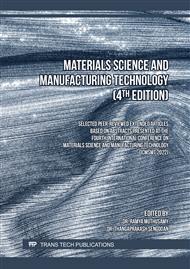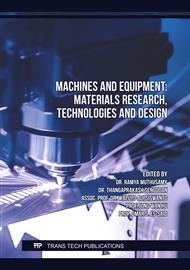p.29
p.37
p.43
p.51
p.57
p.69
p.77
p.89
p.103
CFD Modeling of Waste Heat Recovery System to Dry Sand Mold at G-7 Trading and Industry PLC, Ethiopia
Abstract:
As the energy crisis's impact spreads, energy consumption has emerged as the fundamental impediment to industry's long-term viability. Utilizing and recovering various sources of waste heat can considerably reduce an organization's energy use. Energy conservation is crucial not just for fuel use, but also for the conservation and protection of the global ecosystem. As a result, it is necessary to make a concerted effort to save energy generated by waste heat. This paper aims to develop flue gas as a substitute for wood burning for drying mold at foundry shop of G-7 trading and industrial PLC. Flue gas temperature and velocity were measured at various locations throughout this study, and an analytical computation was done on the flue gas supply system and mold drying chamber. To show what happens within the hot flue gas supply duct and mould drying chamber, Computational Fluid Dynamics (CFD) Ansys software was used. The business benefits by eliminating the usage of wood as a fuel and making the process more cost-effective and environmentally friendly by capturing hot flue gas from the top section of the furnace or chimney and supplying it through duct to the drying chamber to dry the mold. As a result, the negative impact of deforestation will be mitigated, and a favorable working environment will be established.
Info:
Periodical:
Pages:
69-76
Citation:
Online since:
January 2023
Keywords:
Price:
Сopyright:
© 2023 Trans Tech Publications Ltd. All Rights Reserved
Share:
Citation:



